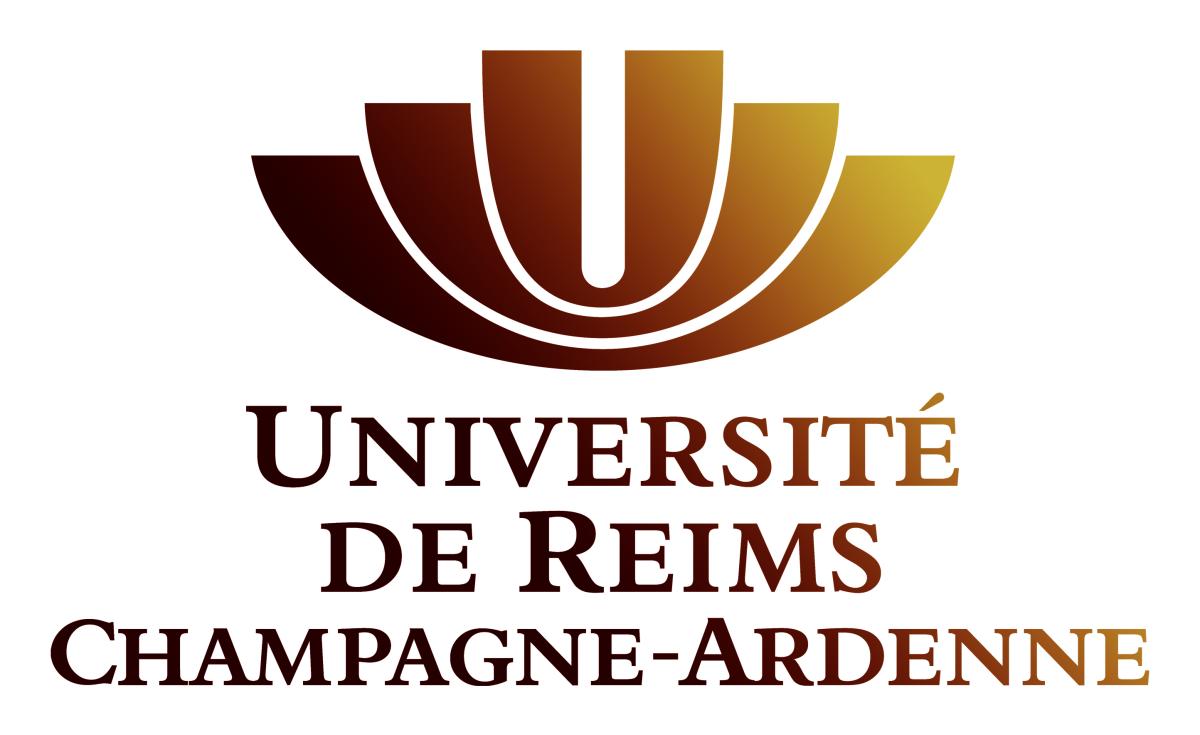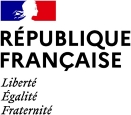
BITWEEN
Surveillance des norovirus humains et des indicateurs de la contamination virale dans un contexte de santé publique : développement d’une approche d’encagement d’invertébrés couplée à de la modélisation
-

This work proposes a comparative study of the immune responses of two bivalves, one from the littoral environment: Mytilus edulis, and the other from the freshwater environment: Dreissena polymorpha. The main objective is to improve the reading of immune responses in the two bivalves with the operational output being a better interpretation of biomonitoring based on immunomarkers along an aquatic continuum.
A strategy aimed at determining the effect of chemical contaminants on haemocyte responses challenged by bacterial exposure used as a response elicitor was adopted. Several immunomodulatory contaminants (BPA, caffeine, copper, E2, ionomycin) and two non-pathogenic bacteria (Vibrio splendidus, Pseudomonas fluorescens) were selected.
This work has shown a difference in the sensitivity of the species and of the different immunomarkers (cell mortality and motility, phagocytosis) under experimental conditions. The measurement of the haemocyte migration rate was found to be possible in D. polymorpha. Ex vivo, the simultaneous presence of bacteria and contaminants provokes different response profiles (synergy, antagonism). In vivo, two scenarios of multiple exposures, simultaneous and delayed, allowed us to observe the sensitivity of phagocytosis markers to bacterial challenge and of haemocyte motility to ionomycin.
These results provide new insights into the responses of immune systems activated by bacteria. Considering the inter-species variability observed, a strategy of comparing markers by integrative indices is proposed.
Keywords: Bivalve, immunomarker, immunotoxicology, flow cytometry, videomicroscopy, multistress

